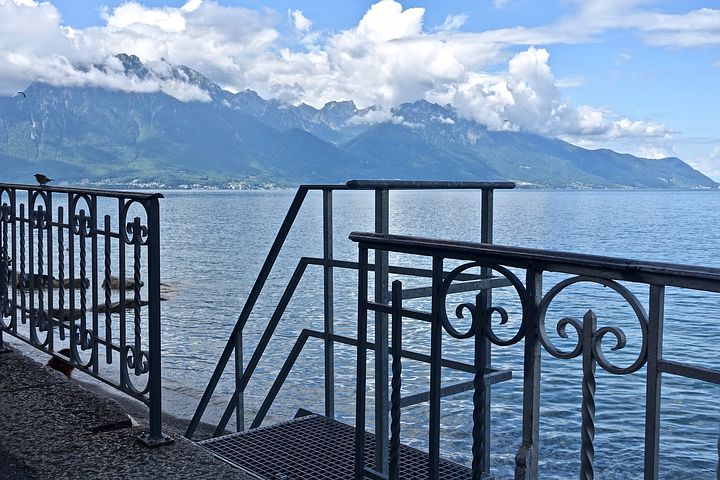If you’d like to just skip ahead, scroll on down to the bottom of this article for short list of suggestions.
What is a stainless-steel wire balustrade?
While it may sound like a silly question, it is important for us to firstly clarify what a stainless steel wire balustrade is. In short, they are any sort of railing supported with posts or pillar supports. These materials are commonly used for balconies or other raised platforms as a safety barrier.
Material choice
As with any product, the end user would like durability – you want value for money. Especially when placed outdoors and exposed to the harsh elements of the environment, like sunlight, rain and wind, your railing can deteriorate, corrode and begin to rust.
Exposure to atmospheric pressure causes metals to oxidise. Sustained water contact will rust metals. Sunlight, especially in environments with hot weather conditions can heat railings.
Stainless-steel wire balustrades are composed of different metals with chromium add resilience to rust. Unlike galvanised or zinc plated metals, the metal itself is robust and will not easily corrode when the external plating has worn down.
Functional use
Because a stainless-steel wire balustrade commonly functions as a safety barrier, strong load bearing lengths are used. Many fibres can be woven together to create an intricate rope like pattern that will restrain humans from accessing off limit areas and hazards.
Just as many strands together increase the strength it can withstand; many railings can be strung across. Usually these lengths will be strung across short five feet lengths to safely avoid a weaker midpoint where fraying and reduced tensile strength could occur.
Metallic surfaces are also great conductors, not only for electricity but for the transfer of heat. This is because ions in the lattice structures are closely packed together so electrons easily move carrying kinetic energy. The hotter the temperature, the more the electrons vibrate in their lattice. While these advantages have nor obvious practical example in domestic environments, commercials industries may find use for them.
Choosing the right design

Modern interior design makes use of new sophisticated materials. It blends different textures together with a colour palette theme. Contemporary elements are fused with traditional art-décor style for a familiar, but also subtle flair. Choosing to string a stainless-steel wire balustrade in your home, workspace or any other internal/exterior living area will be a great addition. The refined accent of glistening silver adds sophistication and practicality. Being
Creative uses
As previously mentioned, a stainless-steel wire balustrade can be netted into a rope like pattern. Rope is a very common, versatile material. Since ancient times, it has been used for a variety of activities like hunting, climbing, fasting, carrying and many more. Just ask any adventure junkie and they can testify how essential rope is.
Many of the same uses for rope can be applied with a stainless-steel wire balustrade. Here are a few suggestions:
- A sturdy clothesline (an ideal choice with this material designed to withstand natural elements).
- Funky pet leash
- Making a swing (load bearing material)
- Recreational use, such as tug of war
- Ponchos, stringing tents and other camping structures
- Wildlife traps
- Jewellery (thinner strands can be used)
- Hangers, stringing things to hooks, walls and other locations
- Curtain pullback
- Handrail
- Hammock
- Rope bowl
- Stainless-steel wire balustrade sign
- Rope coasters
As with any material, the uses are up to your own imagination. Every person has different design tastes, so personal preference will depend upon you. This list is by no means complete, but many of the suggestions provide a great starting point. Get creative with your stainless-steel wire balustrade and share your results online.


